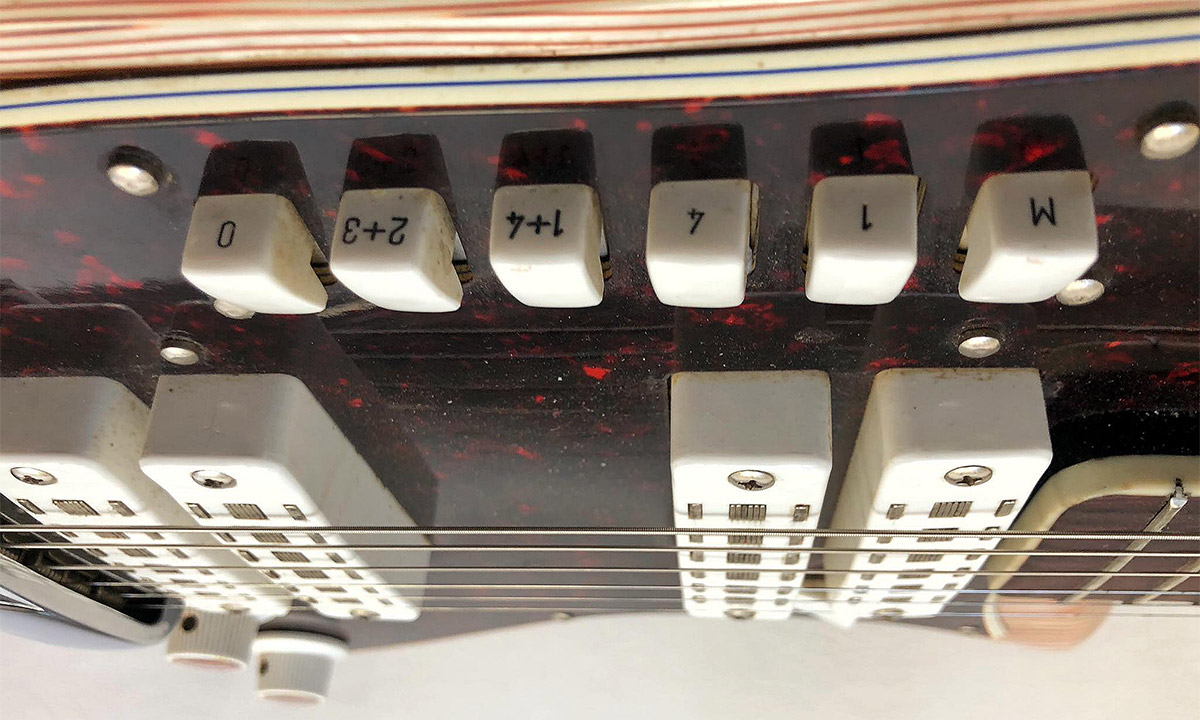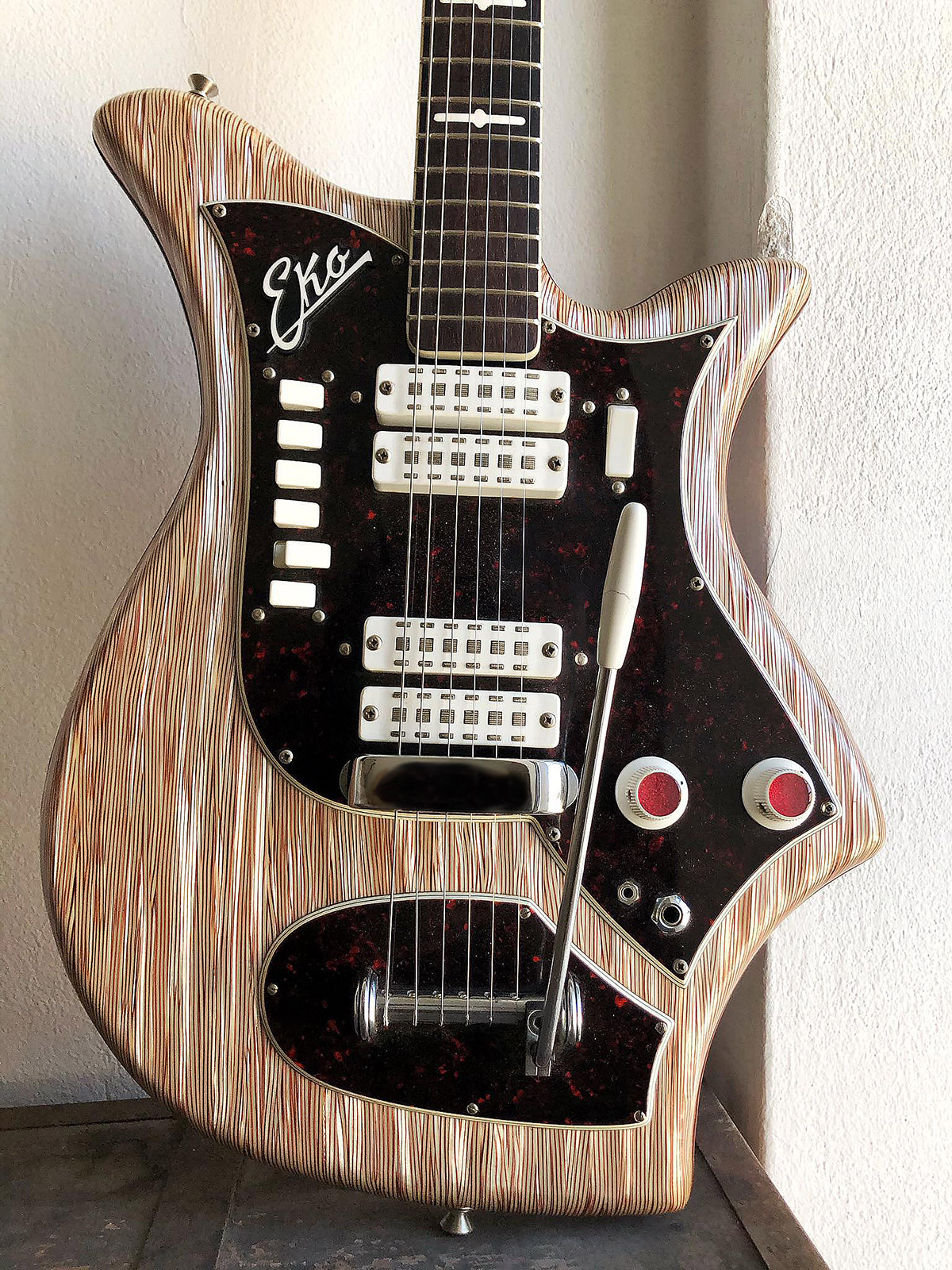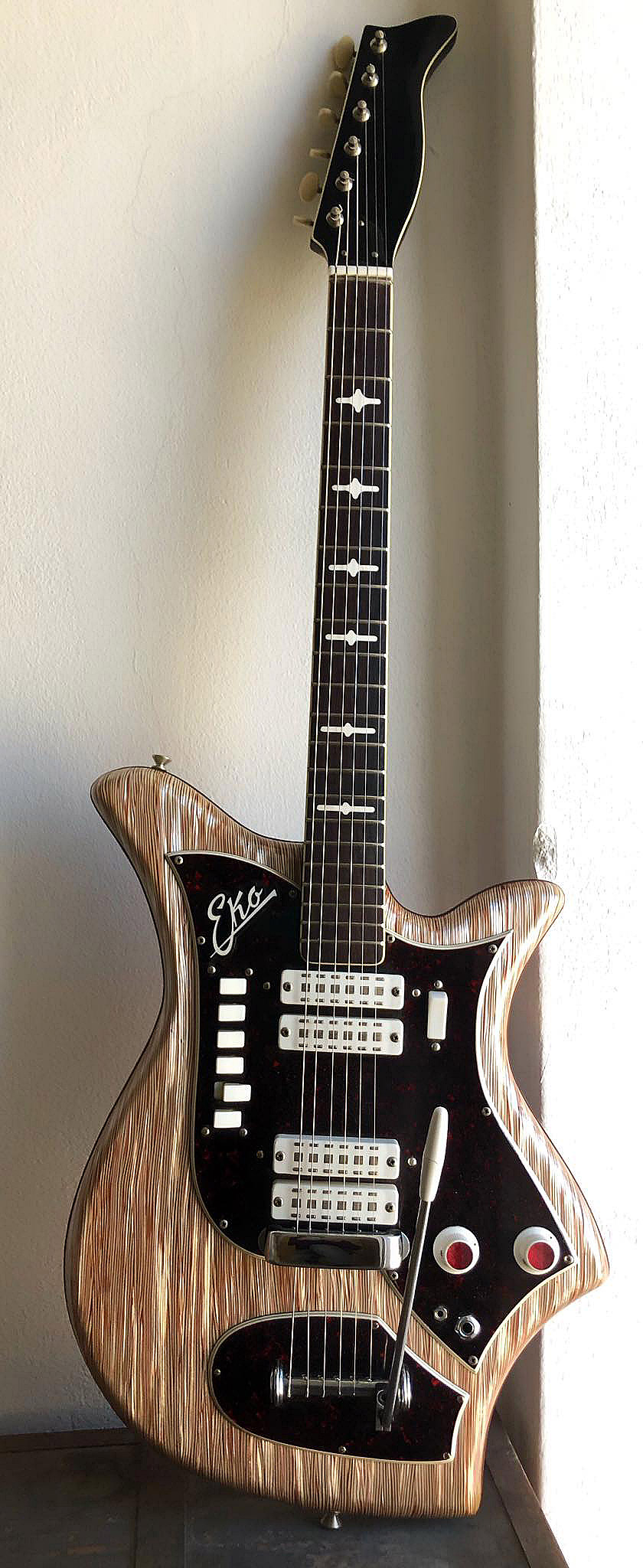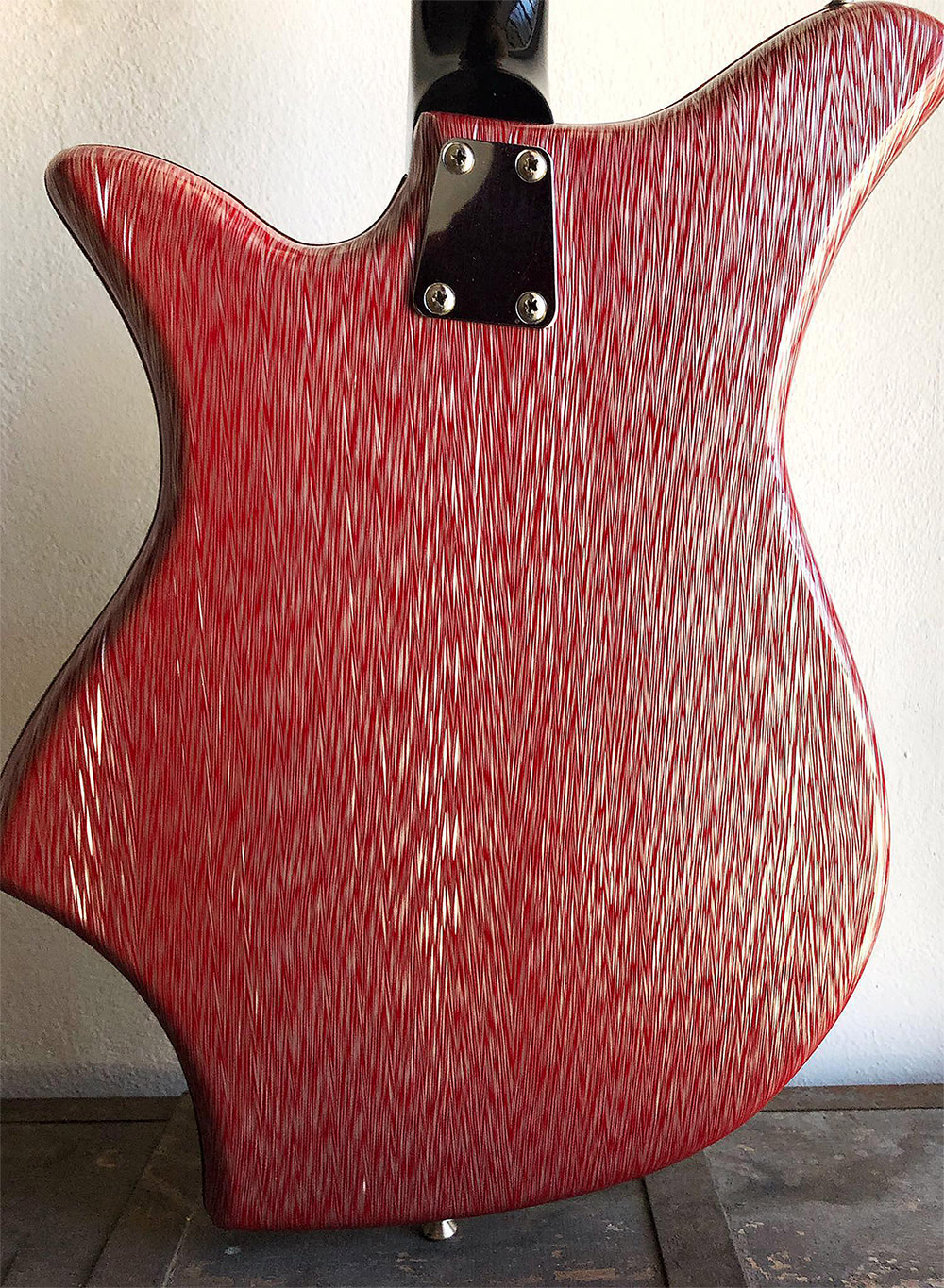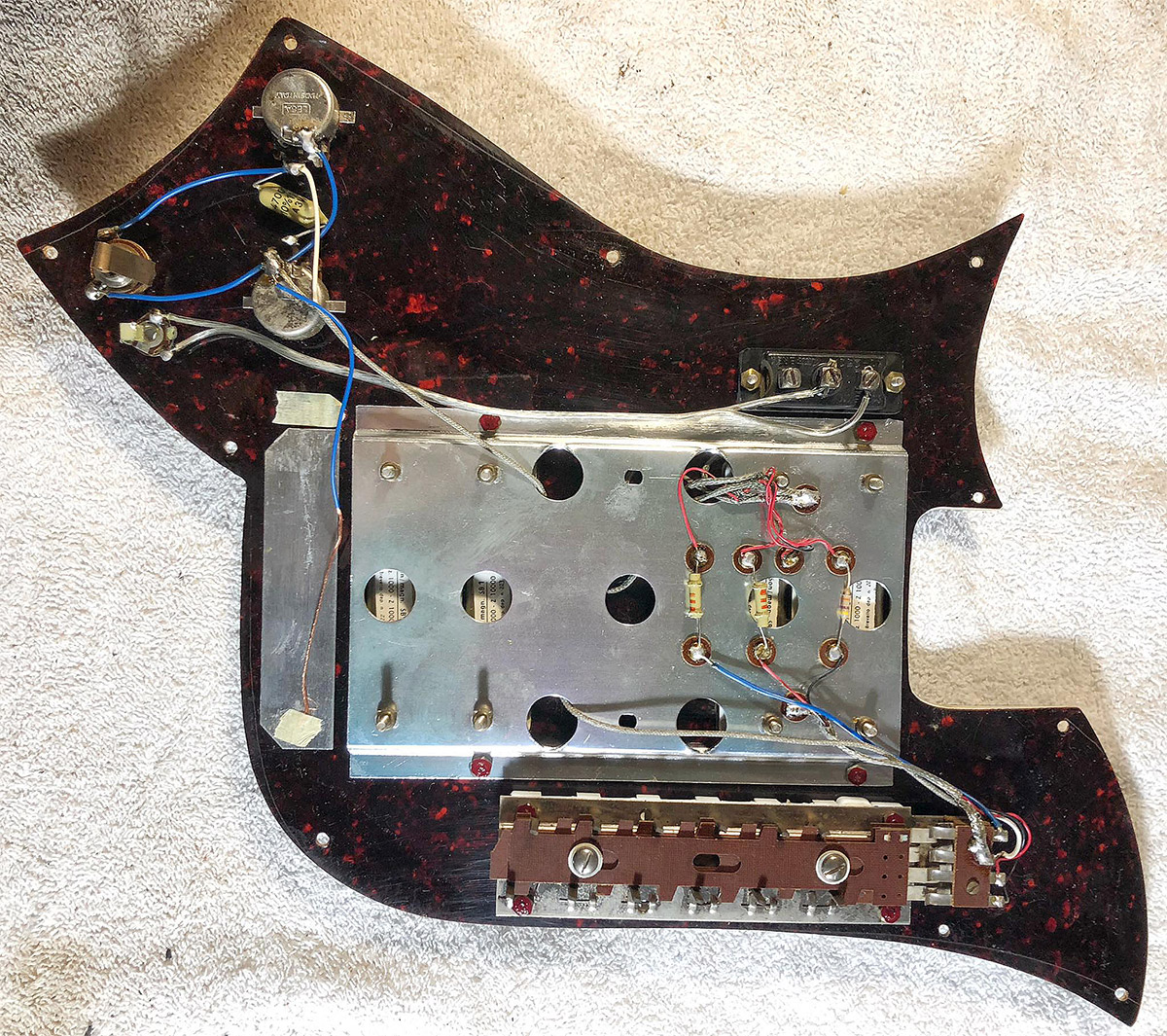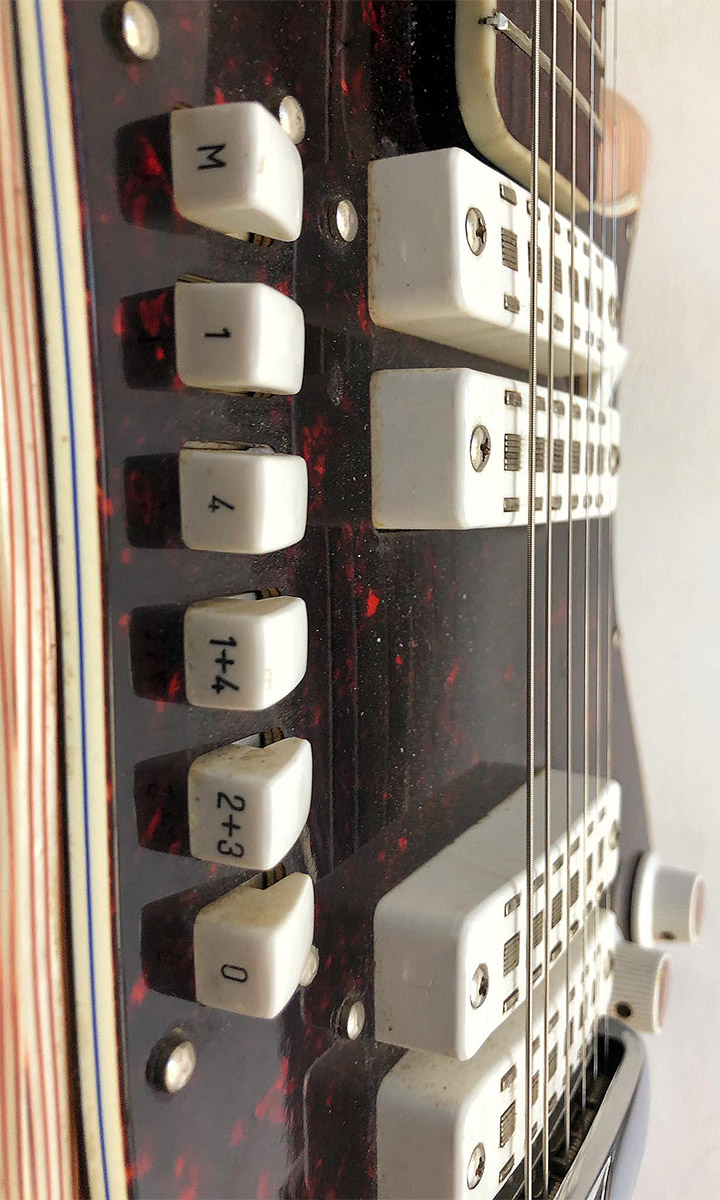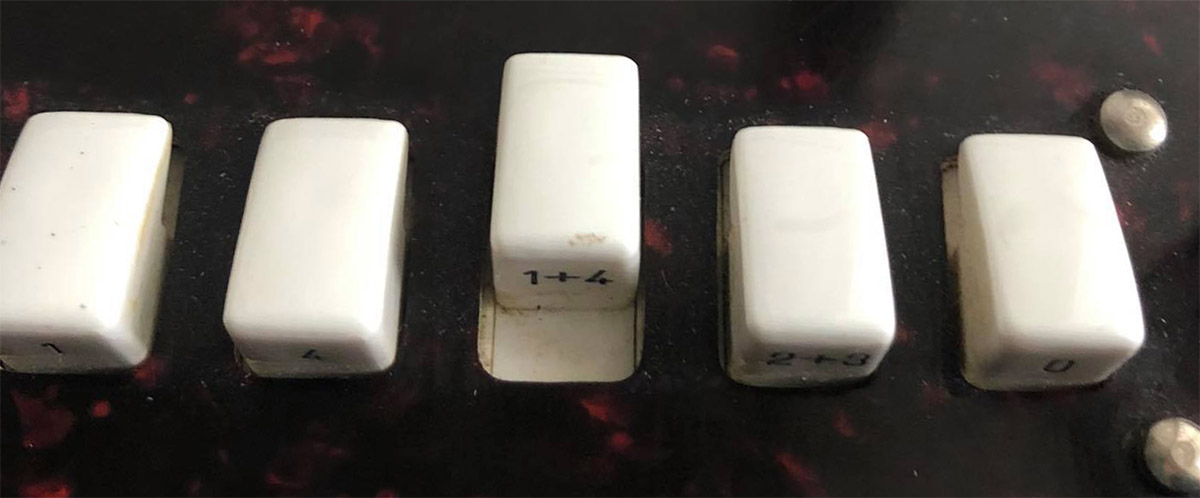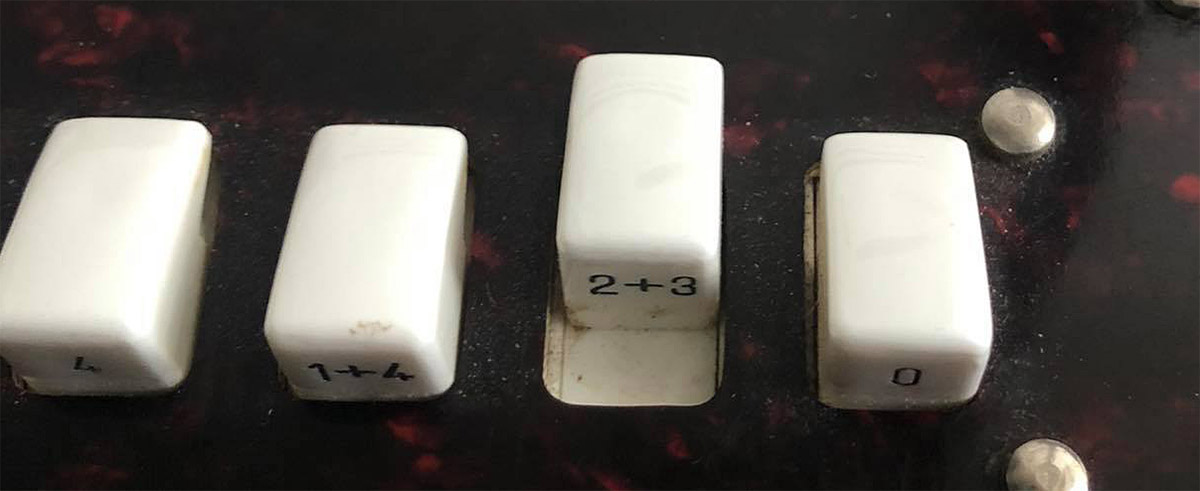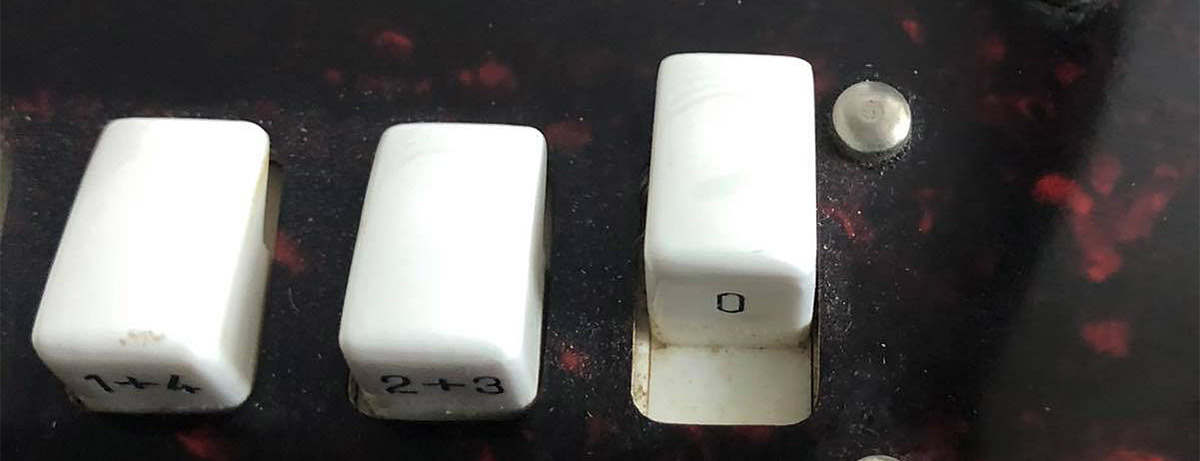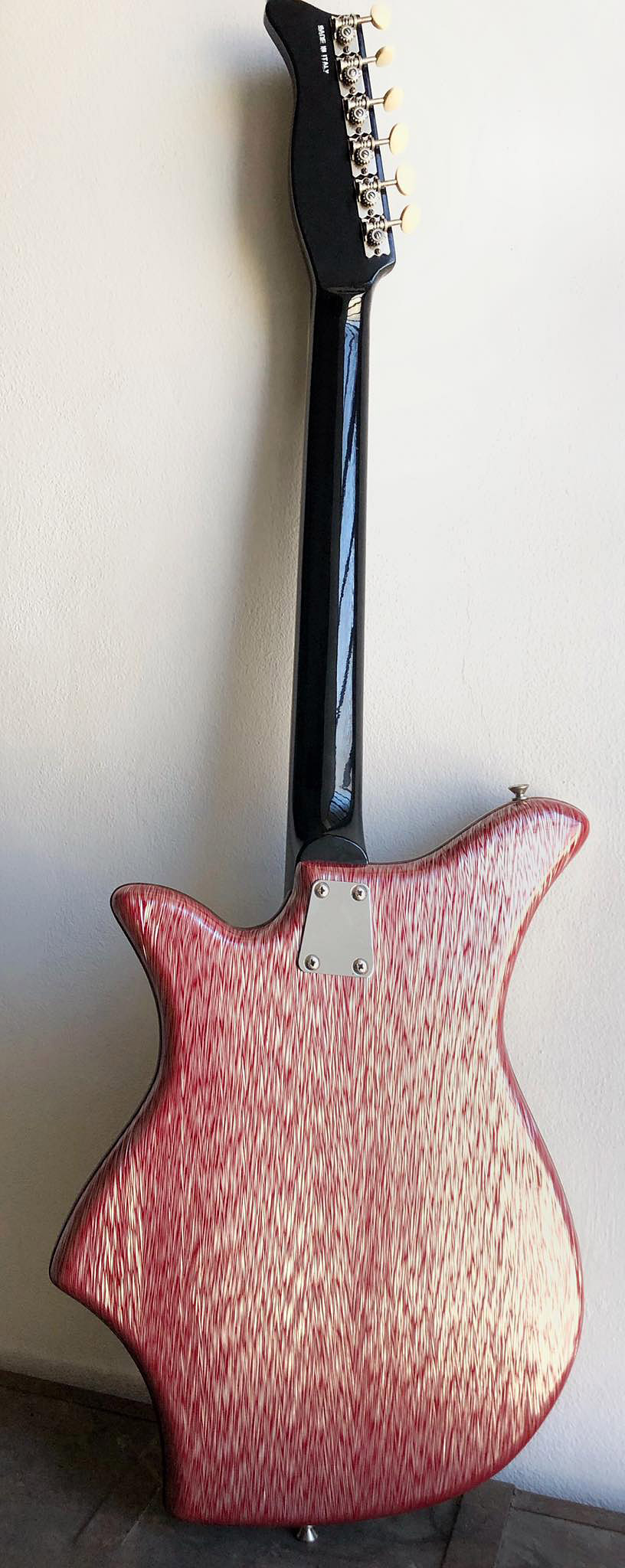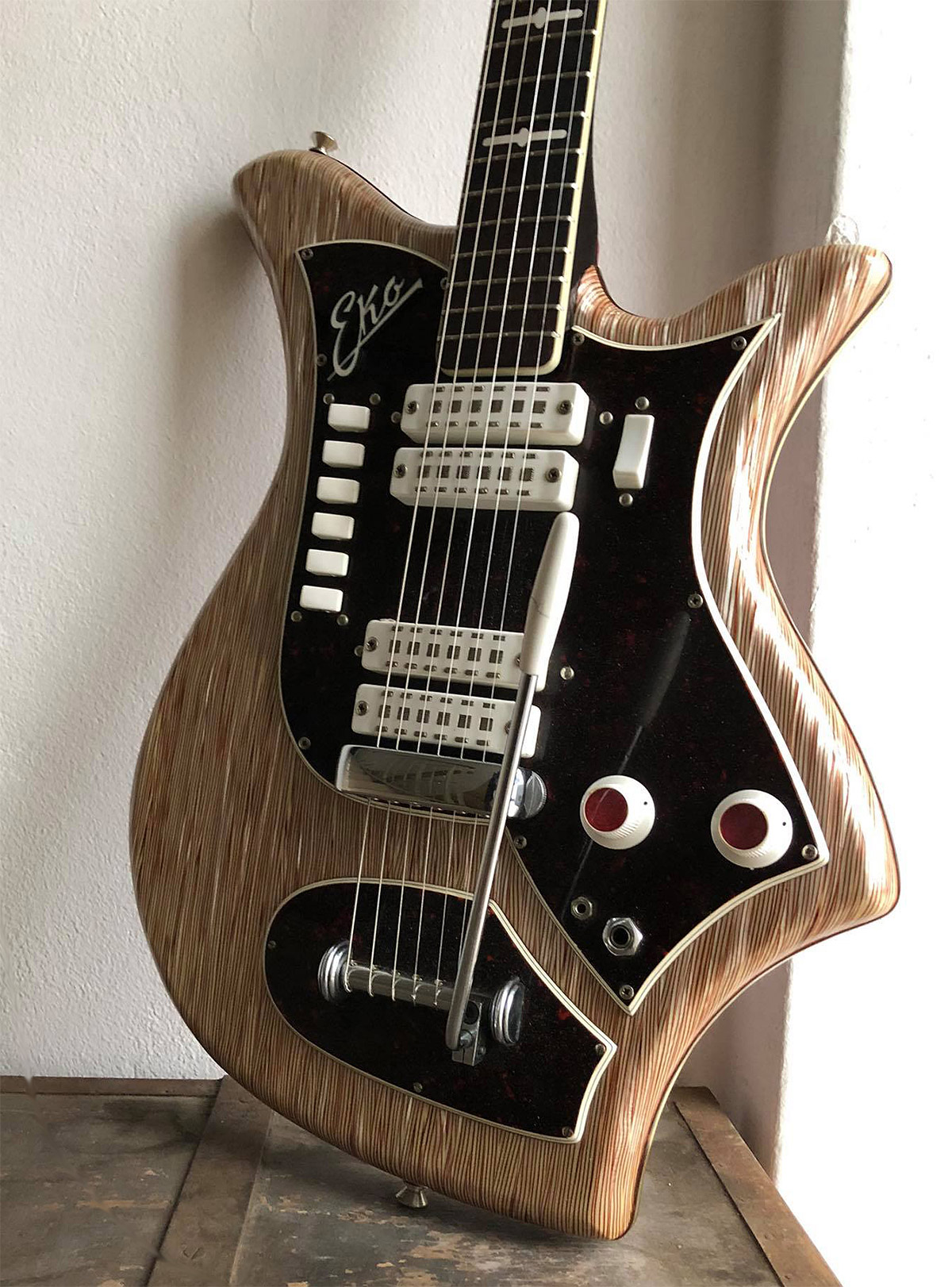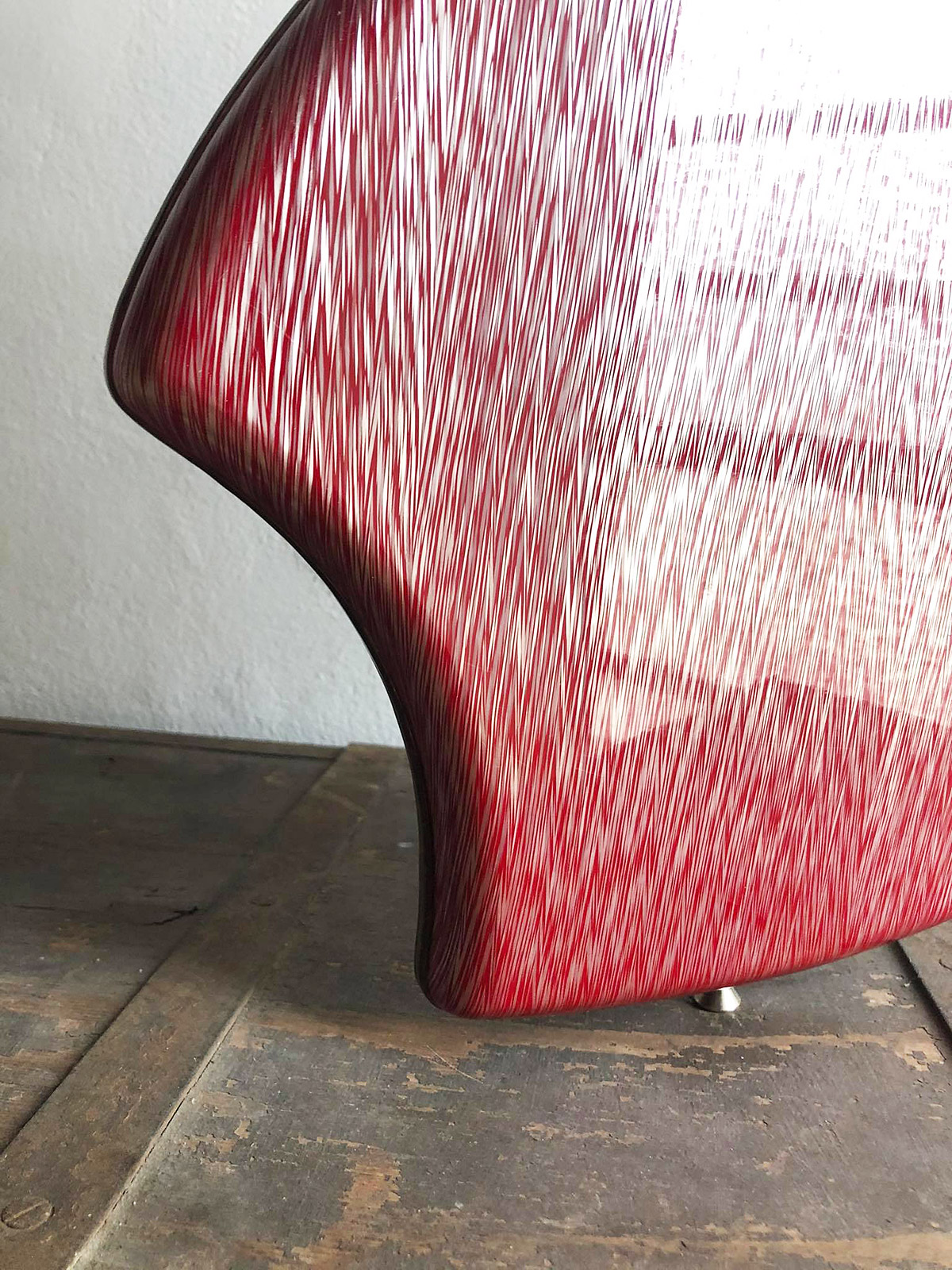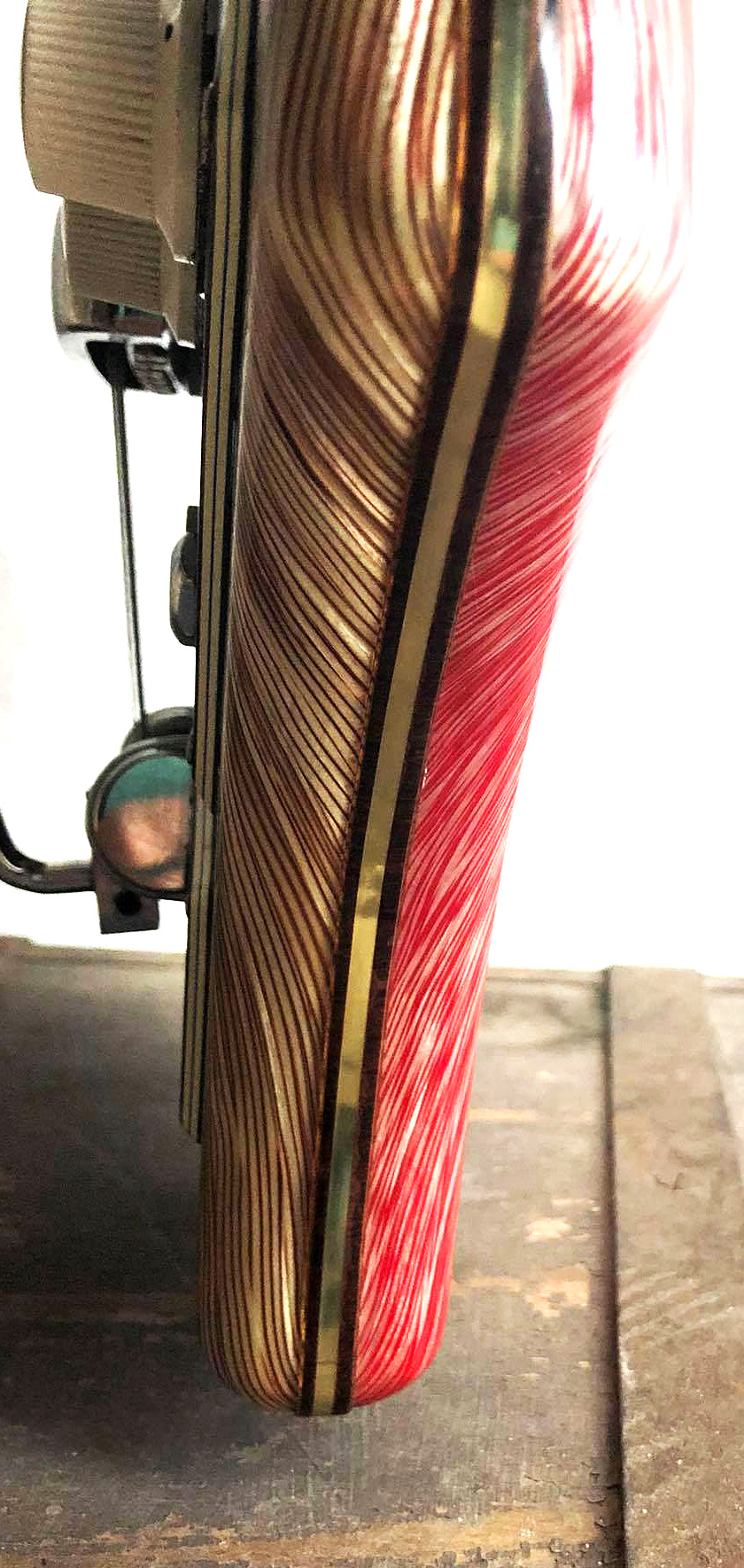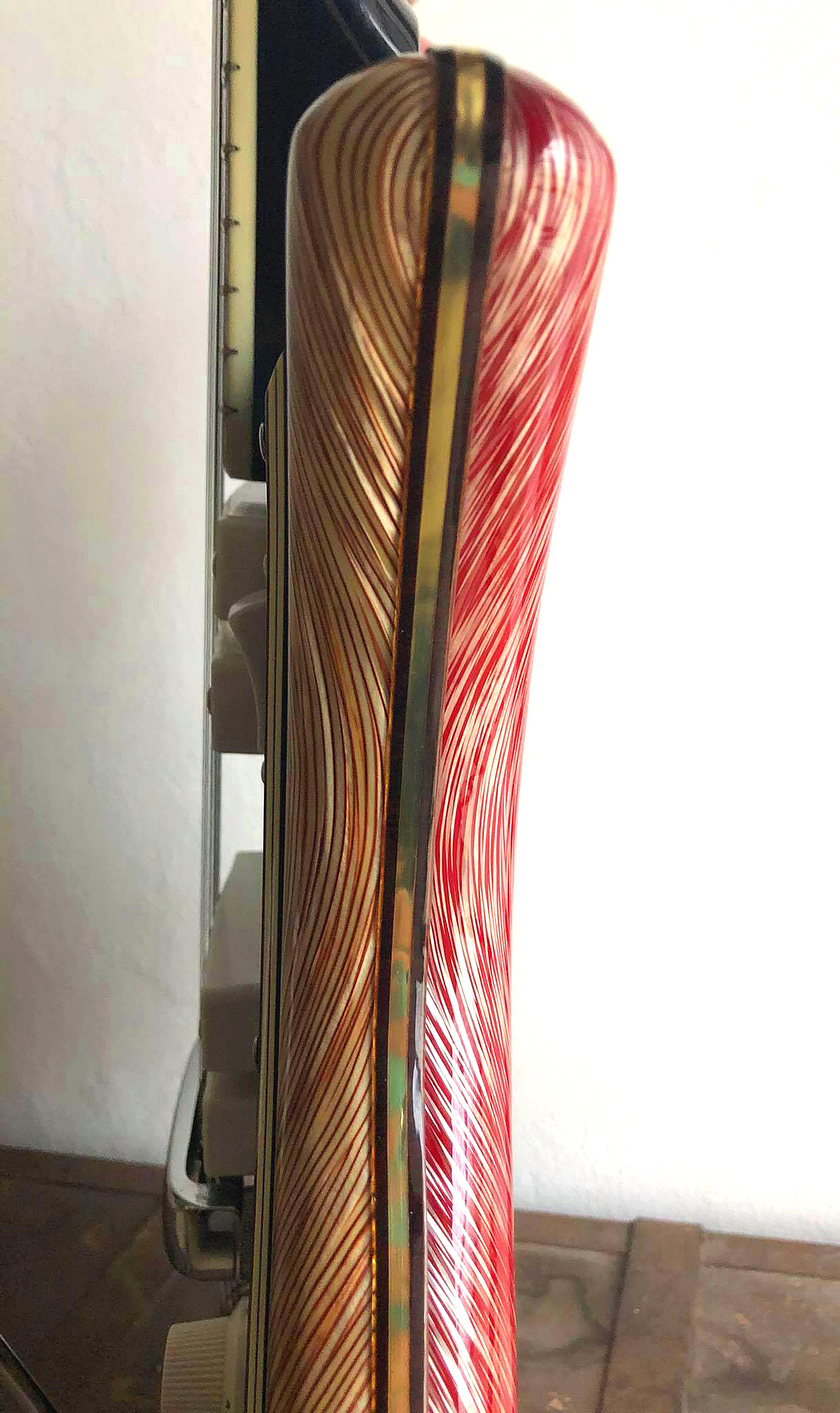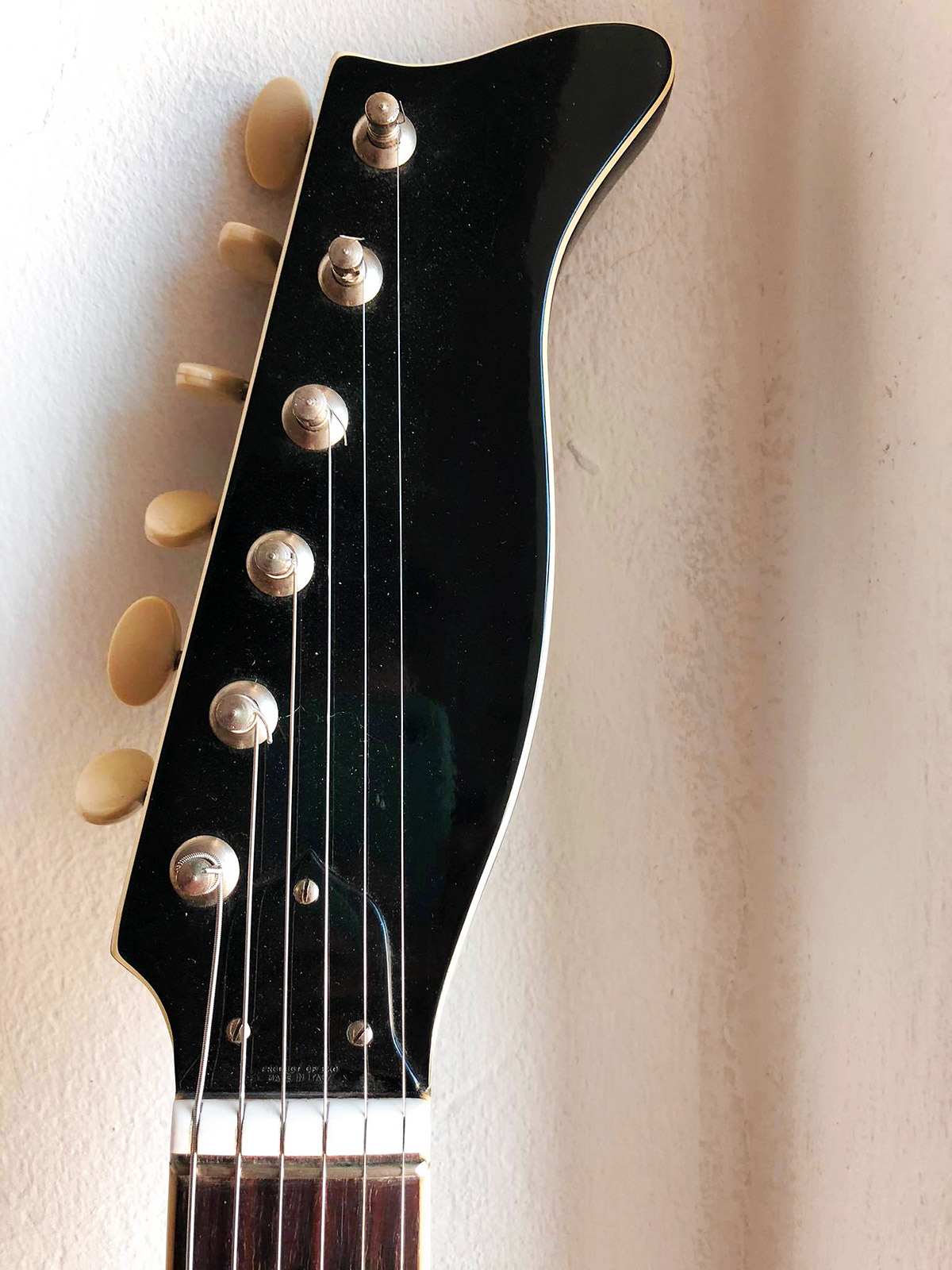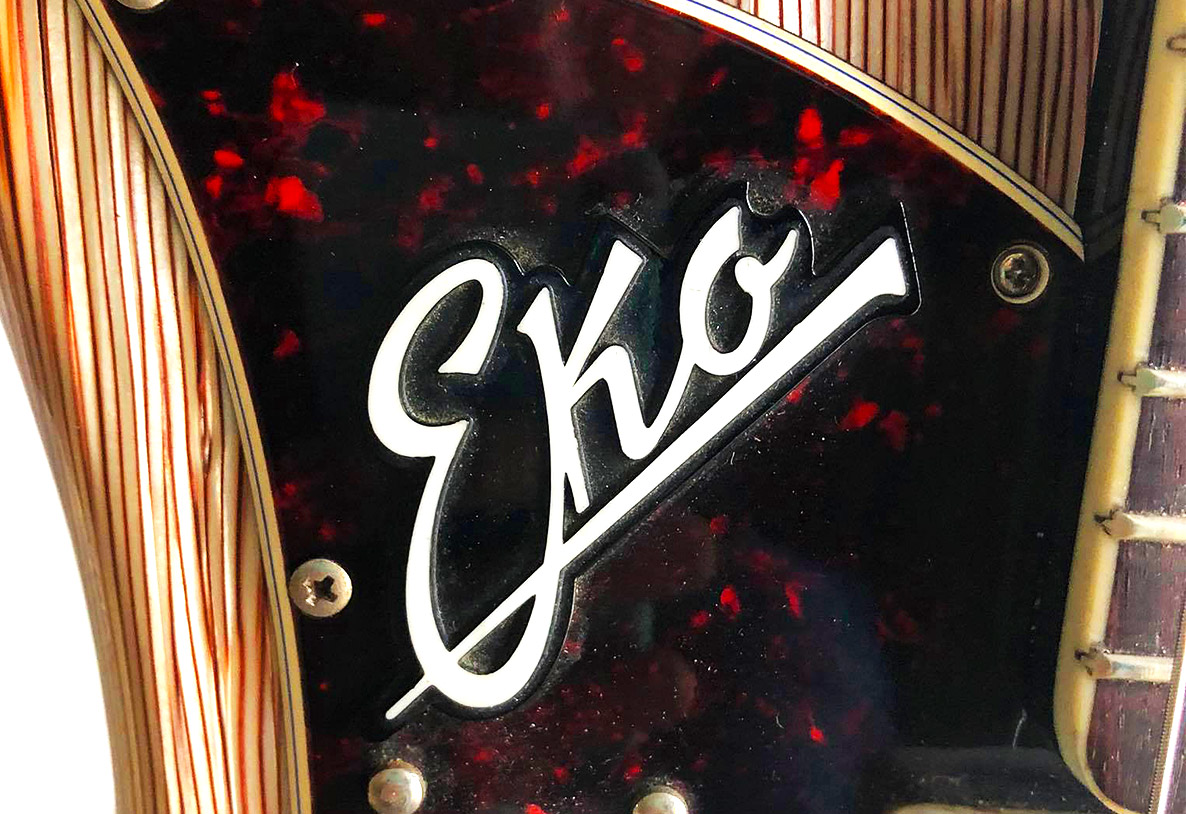”With this article, Classic2vintage gives space to a new collaborator, the young luthier Matteo Fontana, who presents us with one of his latest works, a splendid 'time capsule' Eko 700.
Lorenzo
But let’s Matteo speak:
«The Eko 700 series was produced from 1961 to 1965 and all models were characterized by the triple cutaway; the one placed on the underside of the guitar was designed to play seated, with the neck facing upwards, as per the classical setting. This idea of the triple cutaway, typical of the 60s models, seems to be an invention of Bartolini and the Cingolani brothers.
The 700 series is rich in details and is the perfect example to remember the early days of Eko, when accordion pieces, in particular celluloid, were still used to build totally different guitars than those that were produced in USA.
The guitar in my possession is an Eko 700 model “Spaghetti alla Bolognese” and I bought it from a gentleman who had “forgotten” it for 58 years in its case, inside a wardrobe. Precisely for this reason, the instrument is in excellent condition, with still perfect colors and chrome.
The only interventions I had to do were a slight leveling of the fretboard, cleaning the electronics and, of course, a well-deserved string change.
GUITAR DESCRIPTION
This instrument was produced in the second half of 1963, dating is easy because during that year the Eko designers modified for the umpteenth time small details in the aesthetics of the guitar.
It is called “Spaghetti alla Bolognese” for the pink and gold celluloid top. The back of the instrument, also in celluloid, is in a color called “variegated with pink cherries”; the top and back are joined by a gold-colored metal binding that surmounts the two plastic covers.
.
The neck is joined to the body with a 4 screw plate, the tuners are open, with white plastic oval buttons, (presumably Van Gent). The nut is in white plastic, the rosewood fingerboard has a white binding on the sides; the keys are 21, plus the zero key. A peculiarity of the Eko 700 is the white plastic fret marks, whose shape vaguely resembles that of spaceships.
The body, in plywood like almost all Eko solid bodies of the time, is surmounted by a burgundy pickguard with the Eko logo superimposed. It is precisely by observing the pickguard that it can be said that this guitar was produced in the second half of ’63 as, compared to the guitars produced in the first half, this pickguard is more rounded and a minijack with switch has also been added to remote the effects.
The electronic part is anchored all under the pickguard and consists of a 6-button pickup selector, a volume and a tone. The circuit is called “accordion” as it uses some parts, including selectors, which were previously used for the construction of the then antiquated accordions.
THE SOUND
The sound is that of a typical vintage guitar, four not very powerful single-coil pickups that force you to keep the strings very close; the nice thing is that the pickup selection works by presets and you have 5 different available.
With the first selector called M, all the pickups work simultaneously and you get a very balanced sound, perfect for arpeggios and melodic lines; it is what we could compare to the neck pickup of a Fender strat.
The second selector, called 1, works only the first pickup at the neck, the sound is very mellow and emphasizes the bass, at the expense of the higher frequencies.
The third selector, called 4, works only the fourth pickup, the one in the bridge. The sound is the opposite of the previous one, very sharp and the low frequencies almost completely eliminated.
The fourth selector instead is a combination between the neck pickup and the bridge pickup, in fact it is called 1 + 4; the sound is powerful and is very pleasant.
The fifth selector is the last combination and makes the pickups in the middle work together for this is called 2 + 3; also in this case the sound is sharp, similar to the sound of the third selector but with more volume, due to the combination of the two pickups.
Finally, the last selector is called 0 (zero) and is practically an Off, which, if selected, deactivates all four pickups.
CONCLUSIONS
As in all vintage guitars, there are flaws, but the best thing about this instrument, besides the sound that takes you to another era, is the aesthetics, a very particular and innovative aesthetic, extremely futuristic and that fully reflects the intentions of Eko in its early years, that is to differentiate itself from the then already widespread American guitars.
Another wonderful feature is the readjustment of the parts of the old accordions, from the celluloid cover to the electronics components. Everything has been done so well that it does not recall the old popular instruments, but rather leads to think of the guitar as a design object, full of details and peculiarities that have not been seen for many years now.»
«Liuteria Fontana is a very young project, born after graduating from the Civica Scuola di Liuteria in Milan. I am a young luthier who wants to learn and improve, this article was a great opportunity to express my opinion about a truly unique instrument. If you want to see my works you can visit the pages Facebook and Instagram»
Demo of this Eko 700 “Spaghetti alla Bolognese”.
How a four pickup Eko 700 sounds in overdrive.

